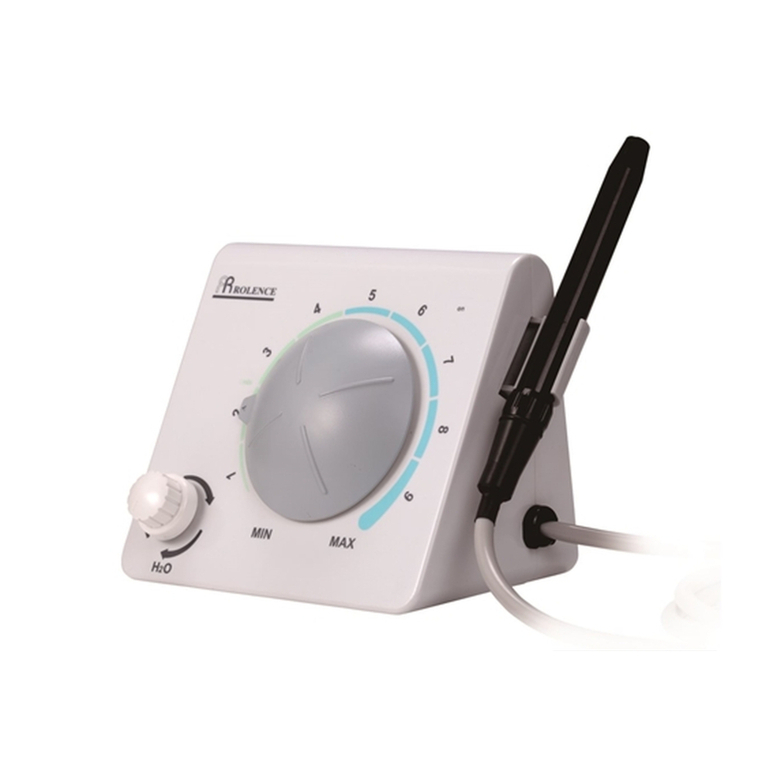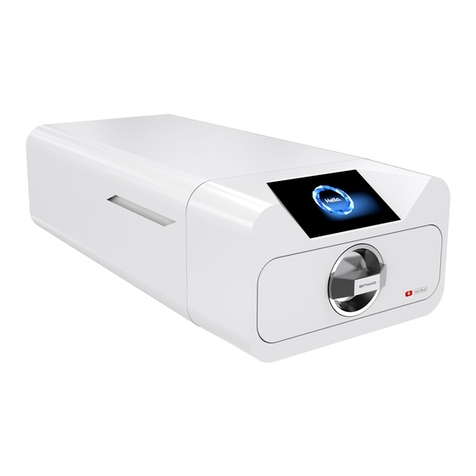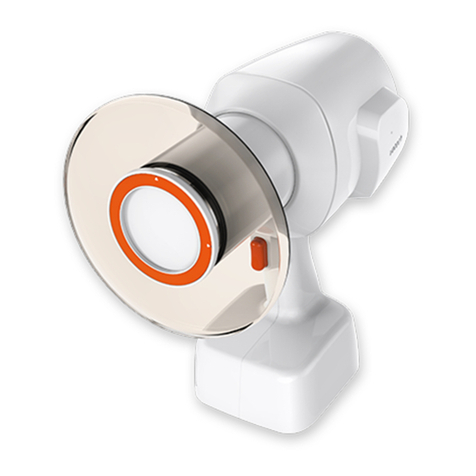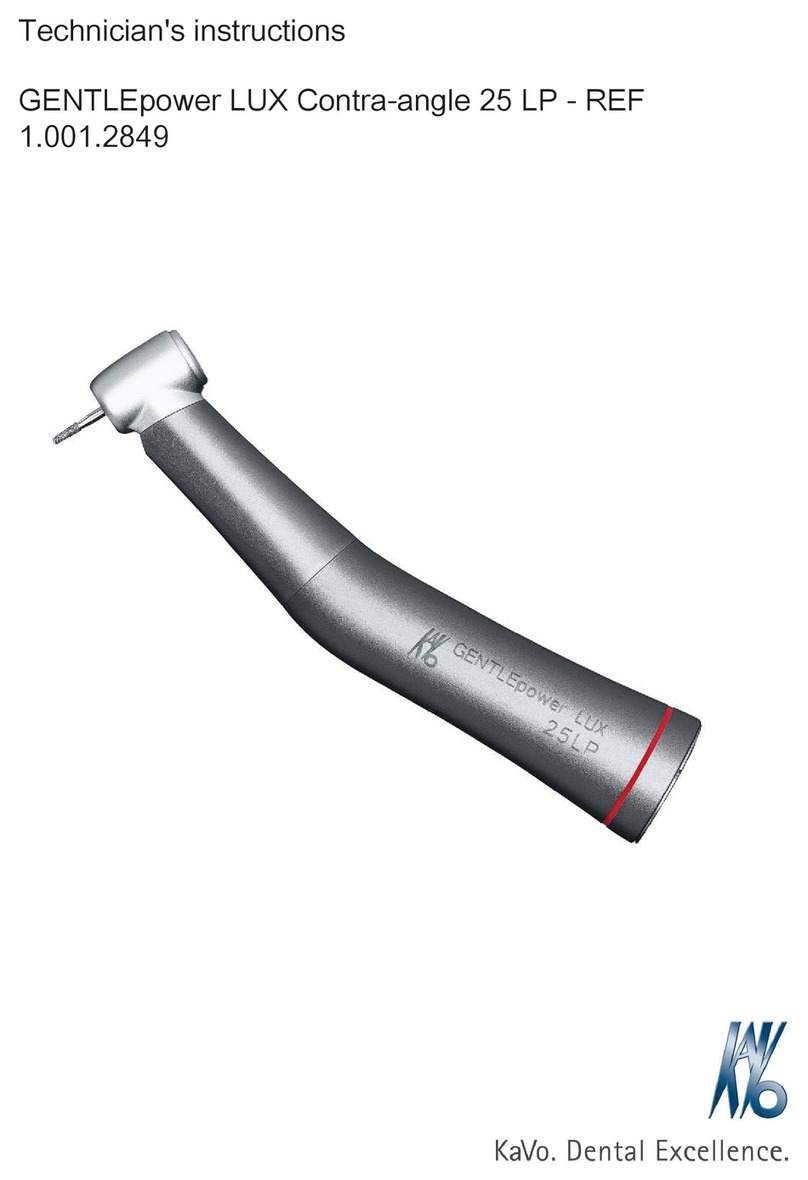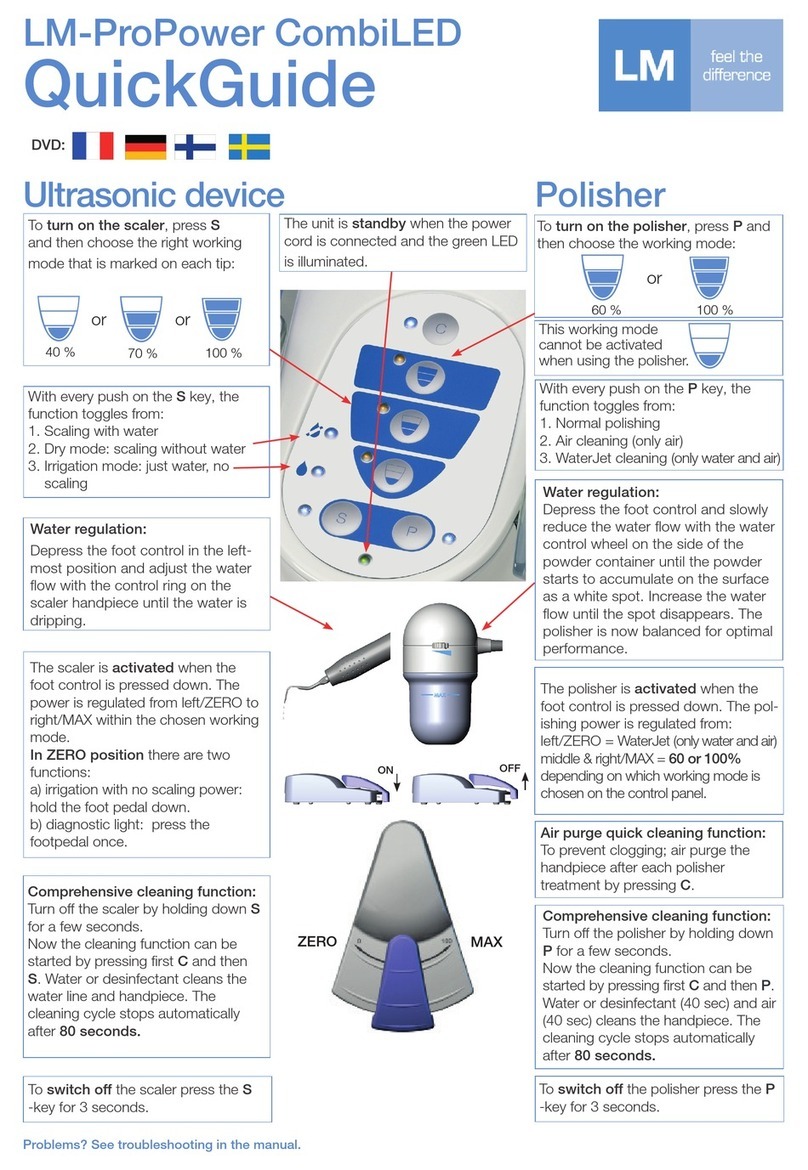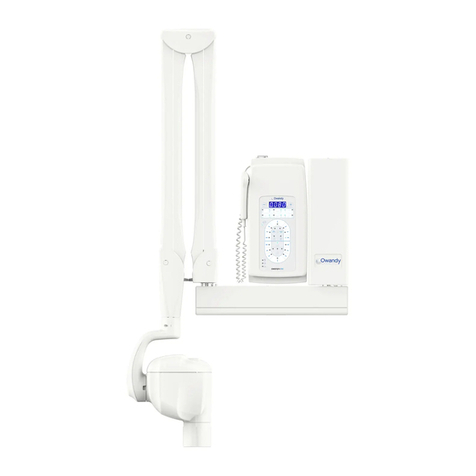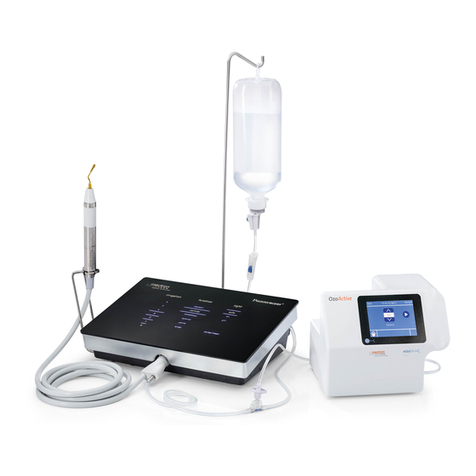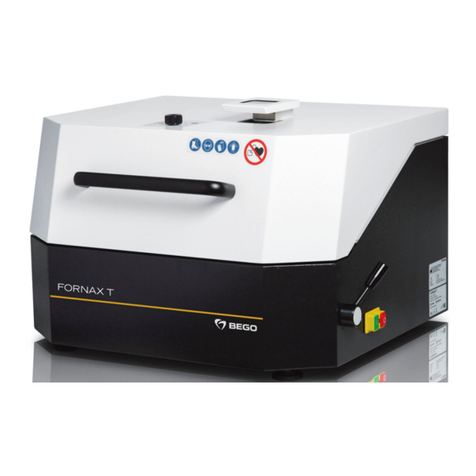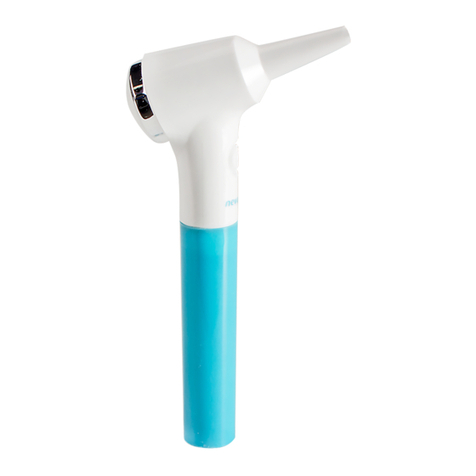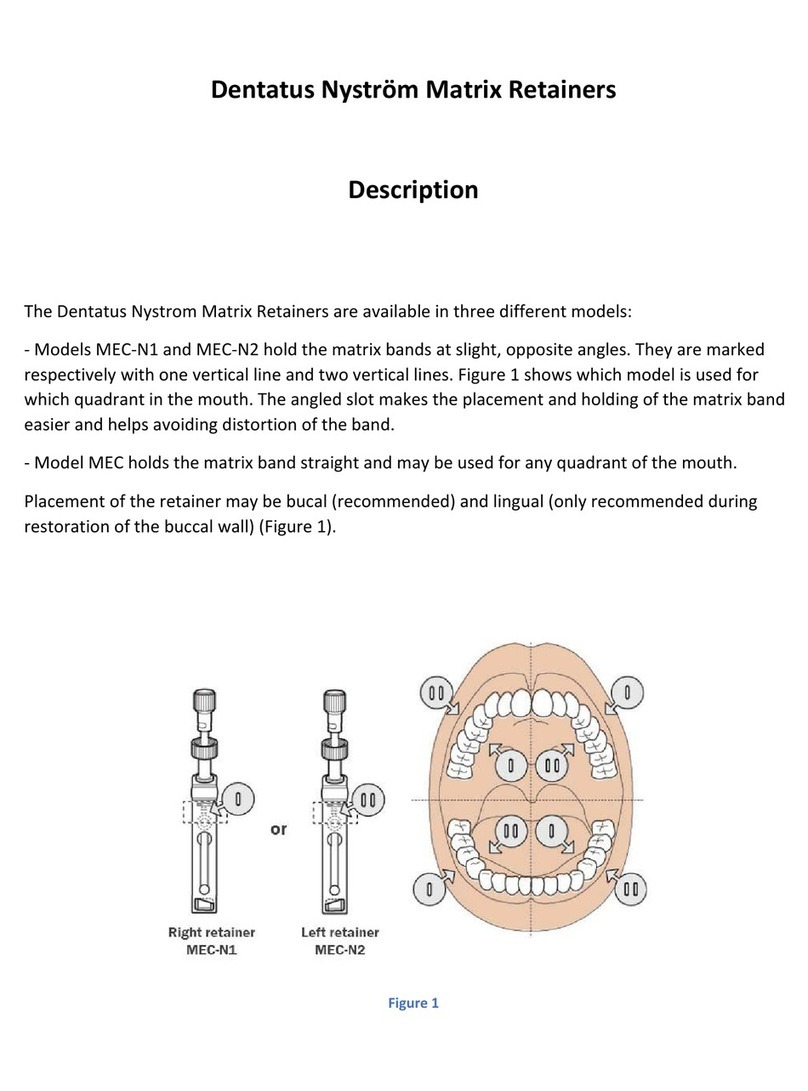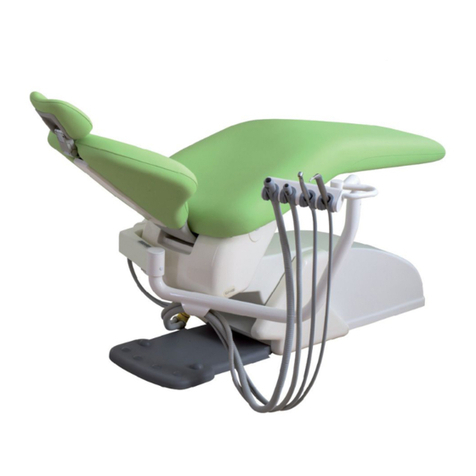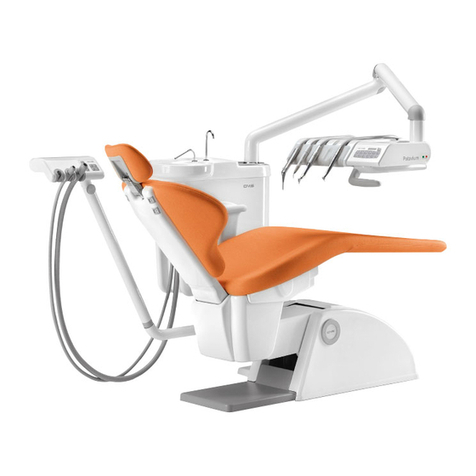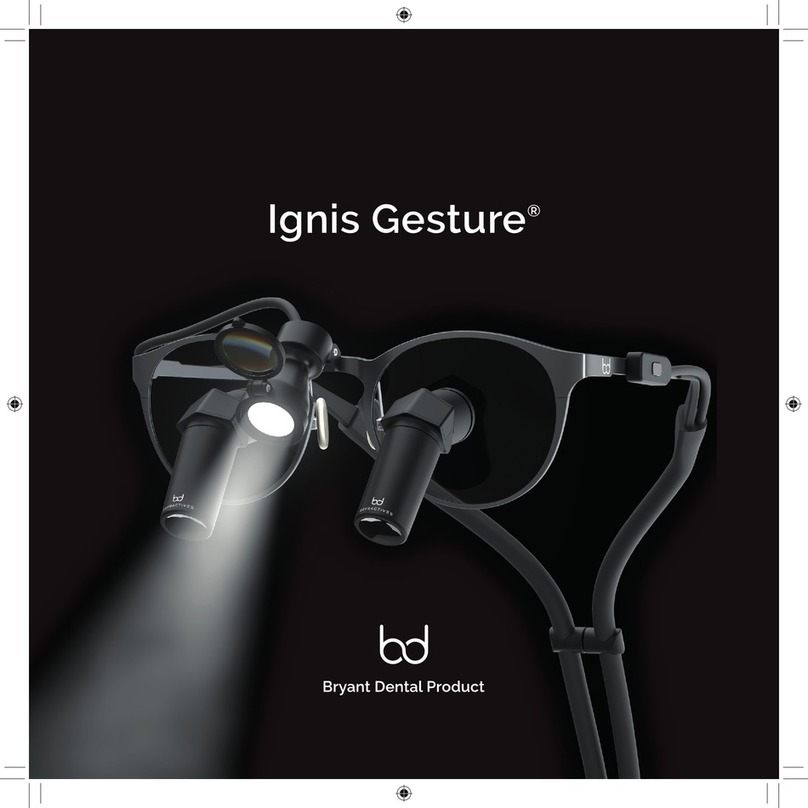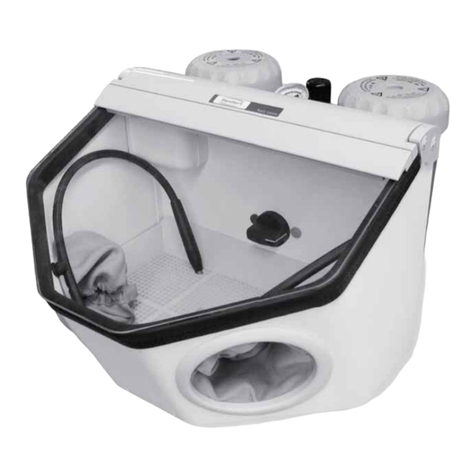Flight Dental Systems DEFENDME User manual

Flight DEFENDME Aerosol Evacuator R.1.2
1
DEFENDME AEROSOL EVAUCATOR
USER MANUAL

Flight DEFENDME Aerosol Evacuator R.1.2
2
Table of Contents
1.0 Scope of DefendMe Aerosol Evacuator........................................................................... 3
2.0 Symbols .......................................................................................................................... 4
3.0 Introduction ..................................................................................................................... 5
3.1 Device Description............................................................................................................ 5
3.2 Safety Instructions............................................................................................................ 5
4.0 Installation....................................................................................................................... 6
4.1 Removing the Protective Foam......................................................................................... 6
4.2 Installing DefendMe Aerosol Evacuator............................................................................ 7
5.0 User Interface.................................................................................................................. 8
6.0 Operating Instructions ..................................................................................................... 9
6.1 Air Volume Setting............................................................................................................ 9
6.2 Connect the Speed Controller for Air Volume Adjustment................................................. 9
6.3 Power Off ......................................................................................................................... 9
7.0 Maintenance...................................................................................................................10
7.1 Cleaning and Disinfection................................................................................................10
7.1.1 Cleaning....................................................................................................................10
7.1.2 General Recommendations.......................................................................................11
7.2 Filter Replacement ..........................................................................................................11
7.2.1 Frequency of Filter Replacement ..............................................................................11
7.2.2 How to Replace Filters..............................................................................................12
8.0 Troubleshooting..............................................................................................................12
9.0 Technical Data ...............................................................................................................13
10.0 EMC Tables ...................................................................................................................14

Flight DEFENDME Aerosol Evacuator R.1.2
3
1.0 Scope of DefendMe Aerosol Evacuator
1. Main Enclosure
2. Directional Duct
3. Suction Nozzle
4. Speed Controller
5. Power Cord

Flight DEFENDME Aerosol Evacuator R.1.2
4
2.0 Symbols
WARNING
If the instructions are not followed properly, operation of this device
may lead to hazards for the user/patient and failure of the equipment
NOTE
Additional information: Explanation of operation and performance.
Serial number
Catalogue number
Date of Manufacturing
LOT Lot Number
Protective earth (ground)
Type B applied part
Fuse
WEEE directive marking
Keep dry
Temperature Range
Humidity Range
Atmospheric pressure Range
Manufacturer’s LOGO
CE Marking
E C REP
Authorized Representative in the European Community
Consult instructions for use

Flight DEFENDME Aerosol Evacuator R.1.2
5
3.0 Introduction
3.1 Device Description
The Flight DefendMe Aerosol Evacuator is used to reduce aerosols created by the use of
handpieces, scalers, prophy abrasion, abrasion powder, mercury vapour and any other device
that creates aerosols during a dental procedure. The device must only be used in hospital
environments, clinics or dental offices by qualified dental personnel.
3.2 Safety Instructions
1. Please read the manual before use.
2. The DEFENDME system must be placed upright while being used. Laying the unit on its
side or upside down is prohibited, doing so will cause damage to the machine and
shorten its service life.
3. After replacing the filter or after opening the main enclosure, please ensure that the
rubber gasket/seal is flat or the device will leak and the suction power will be reduced.
4. When closing the lid of the main enclosure make sure to press the top cover down firmly
and then fix the latch or the latch may become damaged.
5. The main filter is heavy, be careful when replacing it. The DEFENDME Aerosol
Evaucator is heavy, so be careful when moving it.
6. When replacing the primary filter, it should be noted that the dense side faces the filter
and the sparse side faces the air inlet.
1. The device can capture airborne bacteria and viruses in aerosols created during
dental procedures. The device will vacuum aerosols into the system and filter
and disinfect any viruses or bacteria. Please note that the device cannot be
used to prevent the spread of viruses and bacteria in the air that is not filtered
through the device.
2. The device must not be placed in a humid environment or anywhere where it
can come into contact with any type of liquids.
3. Do not expose the device to direct or indirect heat sources. The device must be
operated and stored in safe environment.
4. The device requires special precautions with regard to electromagnetic
compatibility (EMC) and must be installed and operated in strict compliance
with the EMC information. In particular, do not use the device in the vicinity of
fluorescent lamps, radio transmitters, remote controls and do not use this
system near active HF Surgical Equipment in the hospital. Portable RF
communications equipment (Including peripherals such as antenna cables and
external antennas) should be used no closer than 30 cm (12 Inches) to any part
of the DEFENDME Aerosol Evacuator or the performance of the device will be
affected.
5. Do not operate or store in high temperatures. Please comply with the specified
operating and storage conditions.
6. If irregularities occur in the device during treatment, switch it off, contact an
authorized representative/distributor.
7. Device should only be serviced by an authorized representative or the warranty
will be void.
This manual suits for next models
1
Table of contents
Other Flight Dental Systems Dental Equipment manuals
